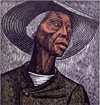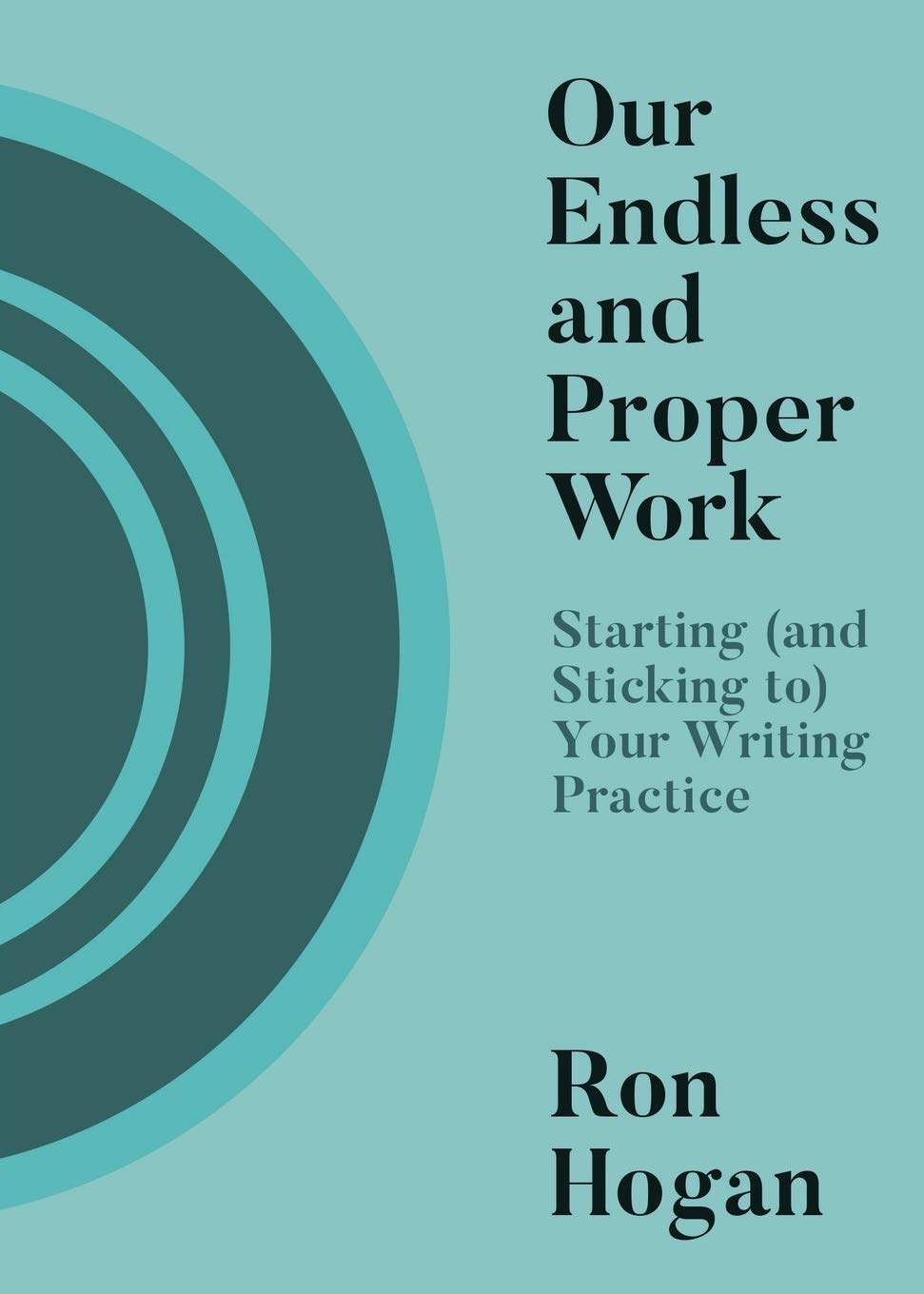Nasrin Alavi on Mahmood Ahmadi’nejad
It’s only fitting that Nasrin Alavi, the author of We Are Iran, has been making the rounds of bookblogs like MoorishGirl and The Elegant Variation, since her book is a compendium of what’s been said by members of the Iranian blogosphere, where online publishing has created a workaround against political repression and enabled expats to keep in closer contact with their native communities. (There’s about 75,000 blogs being written in Farsi these days; only three other languages command higher writership. Is writership a word? It should be.) In this essay, she explains some of the political situation to which “Blogistani” writers are reacting so vocally.
Since 9/11, when so much of the attention directed at the Islamic world is focused on violence and terrorism, it has become increasingly difficult to see beyond the sabre rattling of fanatics, especially when a representative of an Islamic nation openly calls for the destruction of another country. In a remark that has reverberated around the world, Iran’s new president, Mahmood Ahmadi’nejad, had recently called that Israel should be “wiped out from the map”.
During the 2005 presidential elections, Ahmadi’nejad was promoted as the man of the people. Corruption and cronyism were the vein of popular anger into which Ahmadinejad tapped and he appealed to the minds and hearts of jobless youth and underpaid workers promising food and housing subsidies for the poor. According to Behzad Nabavi, acting chairman of the parliament during President Khatami’s era, the modest looking mayor of Tehran backed by the establishment “was promoted as an anti-establishment figure.” At one stage during his campaign Ahmadi’nejad even falsely complained that the “establishment” had cut off the electricity supplies of large areas of Iran so that his campaign speeches promising a fight against corruption could not be heard by the ordinary people.
Even so, the election result was announced amid accusations of vote rigging by some observers, including three of the candidates. These were not members of the opposition calling foul play, but Mehdi Kahroubi (onetime parliament speaker), Mostafa Moin (ex-education minister), and Ayatollah Rafsanjani (ex-president).
9 December 2005 | guest authors |
How Nell Irvin Painter Illustrated Creating Black Americans
Nell Irvin Painter’s Creating Black Americans is destined to become one of the most beautiful history textbooks in recent memory, with roughly 150 creative representations of the African-American experience ranging from painting and sculpture to graffiti art and quilts. Most of the images are in stunning color, some of them filling an entire page. (I’ve done what I can to show the sample images in this post in the best light while keeping bandwidth low, but they don’t do the printed versions justice.) I asked Prof. Painter, who only recently retired from teaching after running Princeton’s African-American History department, how she chose the images to accompany her work.
Creating Black Americans works beautifully as a finished product, but I was feeling my way as I wrote. You see, I’m an American historian, not an art historian. So most of my preparation went into the narrative text, into the job of getting the history right. Even so, over time, dealing with the images grew into a bigger and bigger task. Toward the end of the work, permissions demanded what seemed like an infinity of time: tracking down artists or their agents or their executors, and getting them to reply with permission and usable images. That was how my work with illustrations ended. It started with my deciding which art to use.
I had begun with the decision to relate the illustrations to the major theme of the book: black people’s own creativity. That meant that all the artists would be African-American. Then there was the fundamental fact that Creating Black Americans is a history book. The artwork had to relate to historical themes in African-American history. Those two imperatives separate Creating Black Americans from art history, despite my book’s wealth of art.
Even within those limitations, I found much more art than I could use, except in three chapters. The themes of the Atlantic slave trade, the Civil War, and Reconstruction have not yet produced the gorgeous abundance of more favored themes such as ordinary working people and racial violence. Two examples from my book are Elizabeth Catlett’s “Sharecropper” (1968, left) and David Hammons’s “Injustice Case” (1970, right).
29 November 2005 | guest authors |



 Our Endless and Proper Work is my new book with Belt Publishing about starting (and sticking to) a productive writing practice.
Our Endless and Proper Work is my new book with Belt Publishing about starting (and sticking to) a productive writing practice. 
